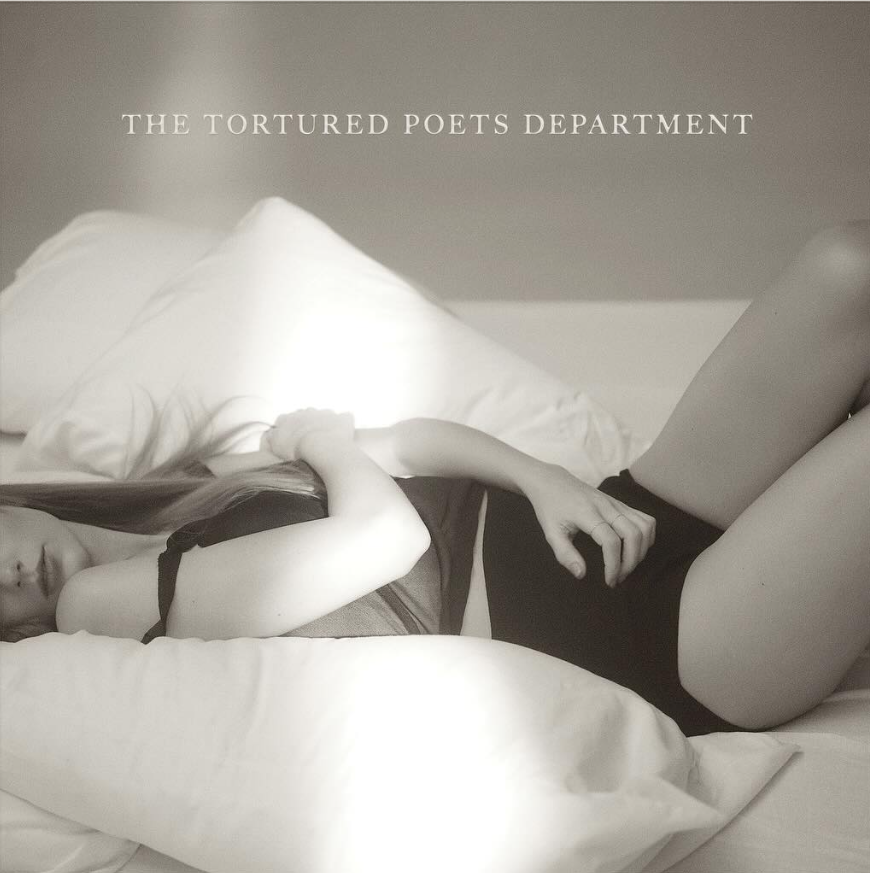Ask students what they like best about history class and they’ll probably say debates, simulations or discussions. But time spent on these creative and unstructured activities may soon dwindle.
Unless MCPS reaches a compromise with the state, it will be required to adopt the state’s model for teacher evaluations next year. The Maryland Board of Education is mandating the change because it claims the county’s system doesn’t adequately take student test performance into account.
The state model bases 50 percent of a teacher’s performance rating on student growth, with at least 20 percent for some subjects based solely on standardized tests like the MSAs or HSAs.
While student growth is every teacher’s goal, test performance is only one aspect of what marks a successful student, let alone a successful teacher. The state should not require Montgomery County to evaluate teachers based partly on their students’ test scores. Instead, the state should continue to allow evaluators to determine whether or not to take student performance into account on a case-by-case basis.
Resource teachers and administrators currently evaluate teachers through observation as part of the county’s Professional Growth System. This process allows for a direct conversation among the teacher, resource teacher and assistant principal evaluating them, teachers say. The subjective nature of the current evaluation process allows supervisors to consider student growth on test scores where appropriate, said English resource teacher Beth Rockwell.
Because only four high school classes have HSAs, teachers in these courses would be evaluated by a different measure than other teachers under the state’s policy. Additionally, HSAs and MSAs will soon be phased out because of Common Core implementation, and teachers have no idea what the replacement tests will look like. It’s also difficult to quantify student growth in classes like art, journalism and chorus. Forcing the county to adopt state evaluation methods would unfairly lead to varying standards for teachers based on subject.
With evaluations based on student test scores, some teachers may spend less time planning critical-thinking projects and more time drilling facts. However, activities like debates, games or discussions tailored to the passions of the group can effectively engage students, foster creativity and spark interest. It would be a shame to see such activities give way to rapid-fire drills that encourage only rote memorization.
With the national debate centered on test performance, teachers worry that some would abandon time-consuming, creative projects, like video skits, in favor of monotonous drills, social studies teacher Michael Curran said.
Student test scores won’t necessarily identify outstanding teachers. The county should not be forced to adopt the state’s one-size-fits-all rules that may hinder a teacher’s ability to stimulate student growth by promoting curiosity and critical thinking.












